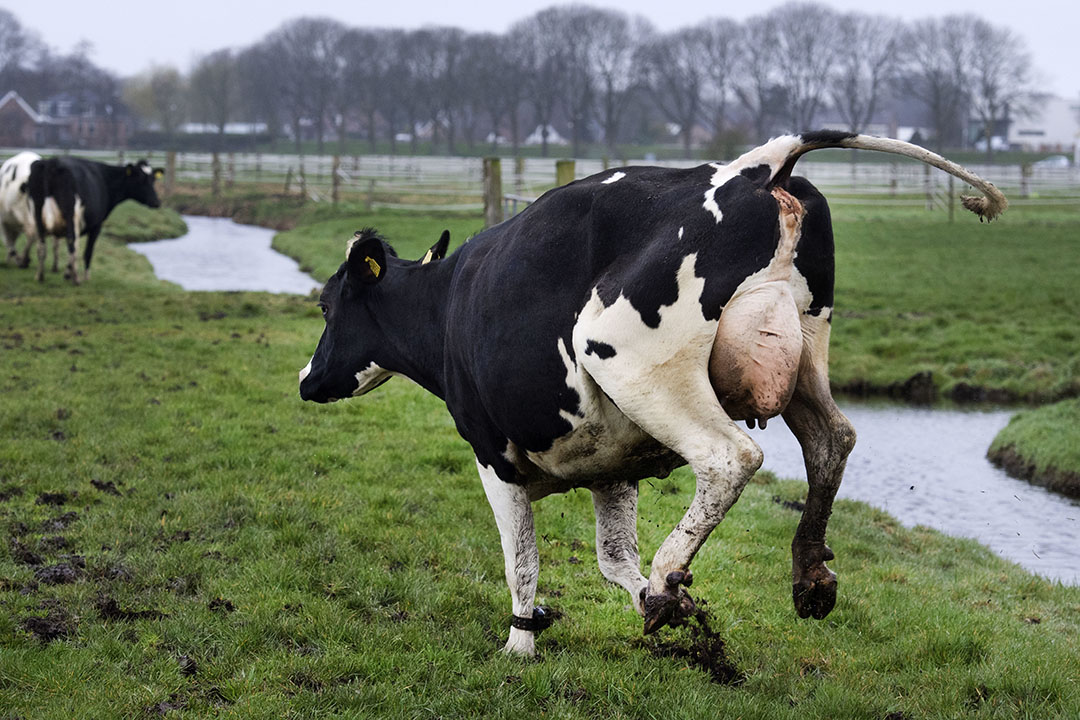Methane reduction tested at actual dairy farm

Currently, for every litre of milk, about 13 grammes of this strong greenhouse gas gets into the atmosphere. Burn it, Dutch researchers say.
The livestock sector is a horrendous producer of methane. “75% of the methane in the barn comes out of the animals’ mouths,’ explains Karin Groenestein of Wageningen Livestock Research in the Netherlands. She and her colleague Ingeborg de Wolf coordinate all the climate pilots currently running in the livestock sector.
Converting to another gas
One of them is a trial with burning the methane, tested on an actual dairy farm in the Netherlands. By burning it, methane is converted in CO2. That sounds a bit odd: helping the climate by producing CO2. But by converting the methane into CO2, you convert a strong greenhouse gas into a much weaker greenhouse gas. One kilo of methane contributes 21 times as much to global warming than a kilo of carbon dioxide.
More ways of reduction tested
Burning the methane is one of 3 methods being trialled under Melse’s supervision. Besides this ‘thermic oxidation’, there are two other trials running in which the methane is oxidized biologically (by bacteria).
Methane reduction through feed
The animal nutrition industry has been looking at reducing methane from ruminants through nutrition for a long time already. The 5 articles on All About Feed about mitigating methane through nutrition are:
- Feed supplement drops methane by 58%
- Plant oils added to grass silage reduces methane
- Seaweed feeding to reduce methane output
- Yeast probiotics effect on methane output
- Cow methane reduced by oregano
Source: WUR











